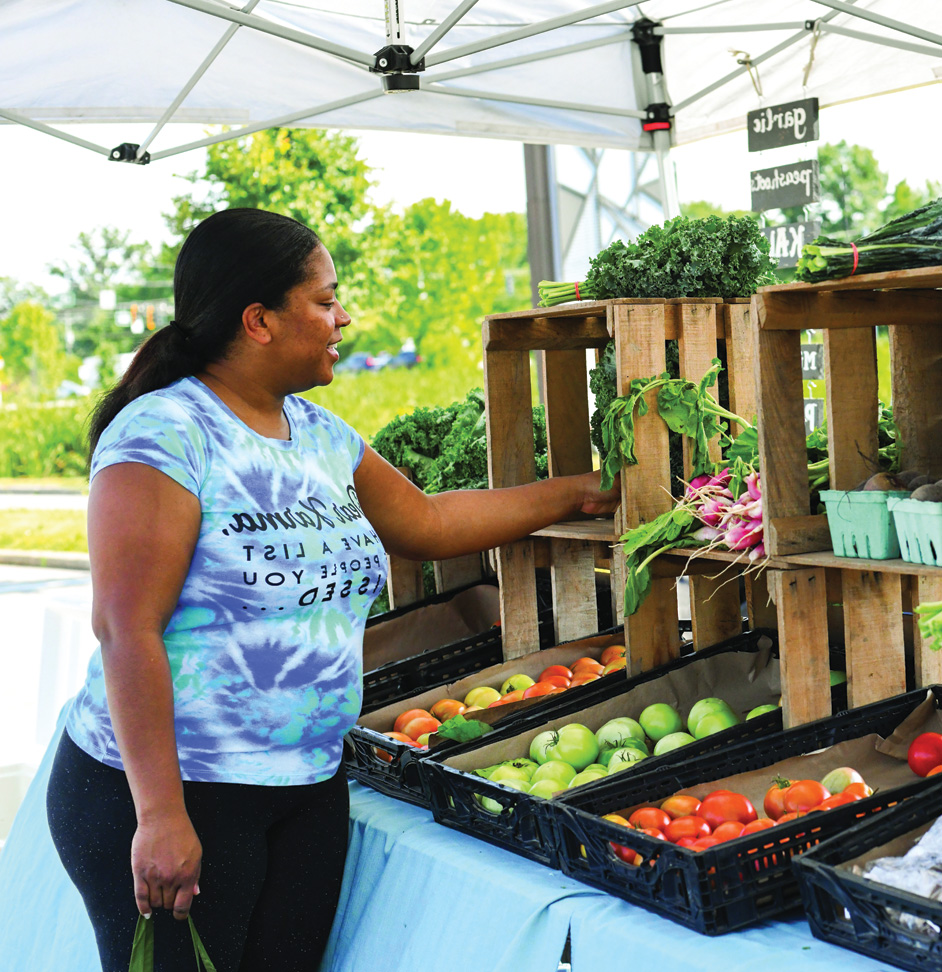
Manje Byen
- Manje omwen 3 fwa pa jou pou gen enèji pou pran swen tèt ou ak fanmi ou!
- Lè w manje aliman divèsifye li ba ou nitriman ou gen bezwen pou ret an sante.
- Chwazi gren antye tankou avwan, diri bren, pen konplè ak pasta (pat).
- Bwè dlo olye de bwason sikre.
- Pou plis konsèy alimantasyon, ale sou myplate.gov.
Aktivite Fizik
Kèk egzanp aktivite entansite modere:
Mande founisè swen sante w ki meyè aktivite kap bon pou ou.
Sante Emosyonèl
Sa rive souvan pou w resanti plizyè tip emosyon apre nesans yon bebe. Akouchman, chanjman òmonal ak ritm somèy kapab fè w santi w tris. Nouvo manman yo kapab kriye fasilman, gen difikilte pou manje oswa dòmi epi santi yo fatige nan pran swen yon nouvo bebe. Pou ede nan moman sa yo, byen manje, repoze souvan epi mande fanmi w ak zanmi w sipò pandan tan sa.
Si w santi w tris epi kontraye pandan plis pase 2 semèn, oswa pè pou pa fè tèt ou mal oswa bebe w, pale ak doktè w oswa ak pèsonèl Special Supplemental Nutrition Program for Women, Infants, and Children (WIC, Pwogram Nitrisyon Siplemantè Espesyal pou Fanm, Ti bebe ak Timoun) yo. Ou kapab ap fè depresyon postpartum.
Vizit Woutin Kay Doktè
- Konsilte doktè w chak ane.
- Rete ajou ak kalandriye vaksinasyon ki rekòmande yo.
- Mande enfòmasyon sou opsyon planing yo ki pral sipòte alètman epi asire yon tan optimal ant gwosès yo pou ka fin gueri nèt de akouchhman yo.
Asid Folik

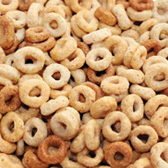
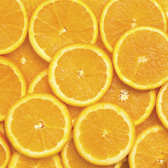
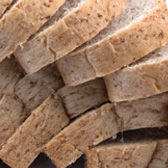
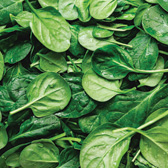
Asid Folik dwe nan kòw avan ou tonbe ansent epi nan premye mwa gwosès ou.
Alètman (bay tete) se meyè Alimantasyon
- Founisè swen sante yo rekòmande alètman (bay tete) pandan premye ane an epi pou plis tan si w vle.
- Lèt tete gen bon nitriman pou kwasans ak devlopman.
- Lèt tete ede bebe konbat enfeksyon epi tonbe malad mwen souvan. Lèt tete ede pwoteje sante manman tou.
- Lèt tete favorize rapwochman ak bebe an.
Evite Alkòl, Tabak ak Dwòg
Pa fimen, bwè oswa pran dwòg Pran medikaman yo jan yo endike l. Chwa ou fè jodi an kapab afekte sante fanmi w jodia an ak a lavni.
Kanpe sou yo pa fasil. Mande pèsonèl WIC lan kibò ou ka ale chèche èd. Ou pa pou kont ou. Gen moun ki kakap ede w kanoe sou yo, ba w konsèy, epi sipòte w nan pwosesis lan.